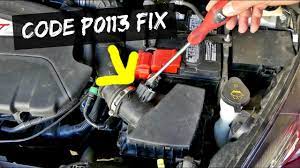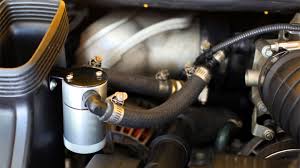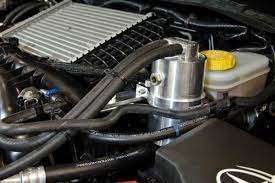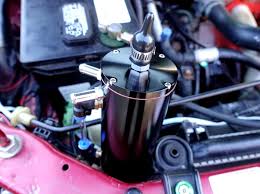Most common causes of stall when ease off is a mater of serious concern; The problem of a car stall when you ease –off could be tiring and disappointing. There are so many factors that could cause stall when you ease –off. When the steaming (engine running) of the engine is very low. And to notice it is low you see the engine vibrates or shaking as if the nuts and bolts are not tight. In that case, the car can only be on when you are accelerating from the pedal, as soon as you remove your leg from the pedal it goes off. What you need to do is to call a qualified mechanic to increase the steaming to a normal level where you can ease-off or remove your leg from the pedal and the car will not go off. This does not require change or replacement of part.
Vacuum Leak.
Vacuum leak could also be responsible to a challenge of a car to stall when you ease –off or when you release the gas pedal. There will be one or more rubber hoses that fit onto nipples at either the throttle body or somewhere on the intake plenum. On occasion, one of these hoses can become disconnected, or accidentally not reconnected after other service is performed on the engine. More often, these hoses can be weak or broken with age and crack.
Read More: Causes of Vehicle’s Stall When the Brake Is Applied
Lift the hood, and with the engine running (assuming that it will stay running for you to do this!) listen for a noticeable hissing noise where air is being sucked into the engine anywhere other than through the throttle body like it’s supposed to be. You can have many minor leaks, but this one sounds pretty major. A visual inspection of anyplace where a hose should be may be in order, as well as looking at your existing hoses. If you see one near the top of the engine that’s not attached to anything, you need to find where it fits and reconnect it.
Mass Air Flow sensor
Another factor that could be responsible for stall when you ease-off is mass air flow sensor. If this doesn’t get you anywhere, the next thing to check is the Mass Air Flow sensor. This should ‘throw’ a code and trigger the ‘check engine’ light, but bad MAF’s are famous for not doing this because they go bad gradually and the engine Power train Control Module compensates for this. To troubleshoot this, unplug the Mass Air Flow sensor and try to start and drive the car. With the MAF unplugged, the PCM has to rely on preprogrammed parameters… which will probably be closer to reality than the air flow that the sensor ‘thinks’ it’s seeing. If this is what’s happening, you’ll find the car runs better with the MAF unplugged than when it’s plugged in! If this happens, you can spray the sensor wires with MAF cleaner to eliminate any dust or grime that may be coating them and causing erroneous data. You may ultimately have to replace the MAF sensor, however.
Most vehicles with electronic fuel injection use an Idle Speed Controller to regulate the idle speed. This is a valve attached to a solenoid that the PCM positions as needed to ensure that just enough air is admitted to regulate the desired idle speed for the conditions at the moment. These do occasionally get ‘gunked up’ and the result is often stalling in intersections and other times of little or no load when the accelerator would not be depressed. These can be cleaned out with MAF or carburetor cleaner and this usually fixes that problem. Of course, check to make sure that the electrical connection to the ISC looks like it’s connected and intact!
Carburetor
Well, its becoming a common problem nowadays and its because when you release the gas pedal, the intake valves or the vacuum tubes, i.e., at the carburetor doesn’t supply the needed amount of air and what is left in the engine is just fuel.
You need to ask the dealers to clear up the carburetor or the vacuum tubes. I hope it’ll help.
Read More: The Top Causes of a Car Misfire
Throttle
As far as I can tell the throttle control for idle state might be set low. Second reason can be dirt in the fuel pump pipe. It would restrict the fuel entry at low revs and cause engine to choke up.
Choked Catalytic Converter
Because of the important role of catalytic converter which happen to be the vital part of the exhaust system. It plays a major role in keeping the exhaust clear. If there are more impurities in the fuel than the converter can handle, it gets choked and stops working, so ‘car suddenly stops‘situation appears. The result is that the exhaust backs up in the pipe and the engine has to work harder. Ultimately, the engine gets overworked, resulting in stalling. This kind of stalling is usually preceded by vibration and rattling in the engine.
Read More: What is the work of Catalytic converter in your car
Loose Engine Bolts
Though it doesn’t happen that often, but it does happen sometimes. Improper maintenance of the engine can lead to many a problem. If the bolts of the engine are loosely screwed, the engine will start vibrating and ultimately start malfunctioning. The wear and tear that the engine goes through while driving, can cause the loose screws to ultimately come off. The engine is sure to self-destruct and stop in that case. The key to avoid these troubles is to be regular in service and to maintain your car like it should be. It is also important that you drive your car in a good manner.







